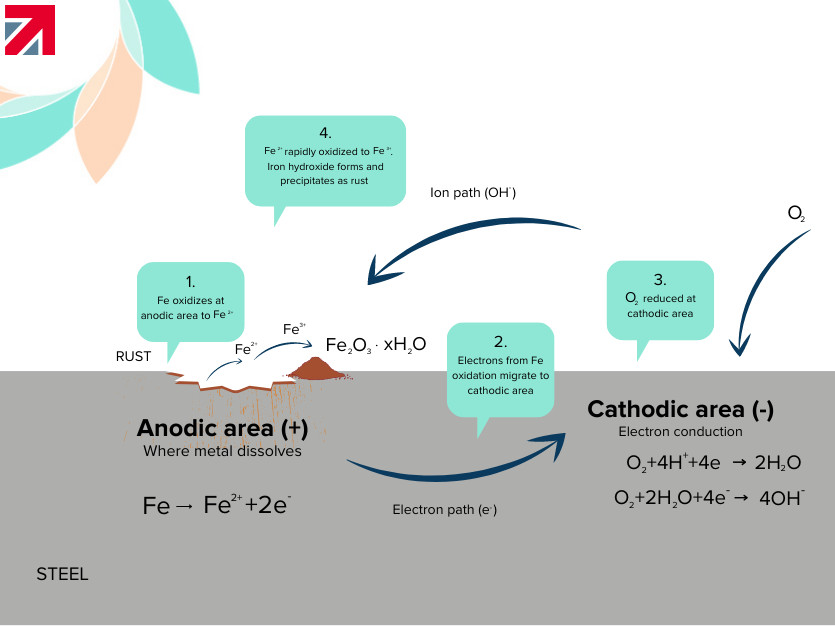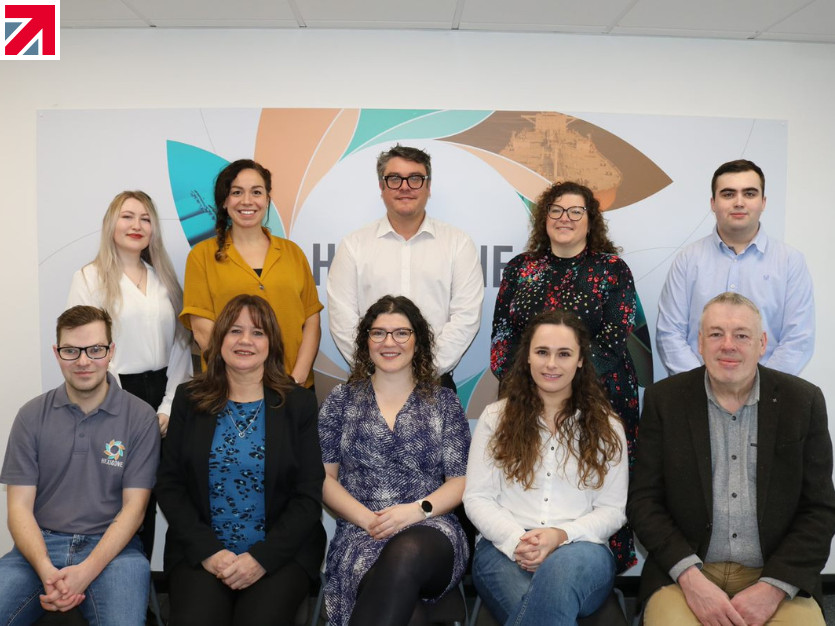Corrosion is a major issue that affects many industries and can cause significant damage to infrastructure, equipment, and even the environment. World Corrosion Awareness Day, observed on April 24th each year, aims to raise awareness about this issue and promote the importance of corrosion prevention.
What is corrosion?
Corrosion is the gradual breakdown of a material, usually a metal, due to a chemical reaction with its environment. This can result in rust, pitting, cracking and flaking of the paint, and other forms of damage. Corrosion can occur in a variety of environments, including marine, industrial, and atmospheric settings.
Why is corrosion prevention important?
The cost of corrosion to the global economy is estimated to be over $2.5 trillion each year, according to the NACE International Institute. This includes the cost of repairs, maintenance, and replacement of corroded infrastructure and equipment. Not only does corrosion pose significant safety and environmental risks, including pipeline leaks and chemical spills, but it also has a massive impact on global carbon dioxide (CO2) emissions.
Did you know that as much as 40% of all new steel is used to replace steel that has been damaged or destroyed by corrosion? Moreover: this constant replacement process contributes to about 3.2% of the world's CO2 emissions just in maintenance alone. That's a lot, especially if you compare it to aviation which overall accounts for only 2.5% of CO2 emissions. In other words, preventing corrosion isn't just important for safety and preserving infrastructure - it's also important for the environment.
How can we prevent corrosion?
1. Coating: One of the most common methods of protecting metal from corrosion is by coating it with a protective layer. This can be achieved through painting, electroplating, or hot-dip galvanizing.
2. Cathodic protection: This method involves connecting the metal to a sacrificial anode, which corrodes instead of the metal. This helps to reduce the corrosion rate of the metal.
3. Inhibitors: Corrosion inhibitors are chemical compounds that can be added to a metal's environment to reduce the corrosion rate. These inhibitors work by forming a protective layer on the metal surface – such as Hexigone’s Intelli-ion AX1.
4. Alloying: The addition of small amounts of other metals to a base metal can improve its corrosion resistance. For example, stainless steel contains chromium, which helps to protect it from corrosion.
5. Environmental controls: Controlling the environment in which the metal is stored or used can help to reduce corrosion. For example, reducing humidity or controlling the temperature can help to prevent corrosion.
Intelli-ion® AX1 is an award-winning, patented corrosion inhibitor that fights corrosion when used in primers with full system barrier topcoats and is compatible with a broad spectrum of resin types, coating types and coatings manufacturing routes.
Hexigone’s corrosion inhibitor works by using a chemical reaction to create a protective layer on the surface of the metal, which prevents it from corroding. This process is triggered by the presence of an electrolyte in a corrosive environment, which causes the release of the active ingredient and the subsequent formation of the inhibitive film.
What can we do to raise awareness about corrosion?
World Corrosion Awareness Day is an important opportunity to raise awareness about the impact of corrosion and promote the importance of prevention. Here are a few ways you can get involved:
- Share information about corrosion prevention on social media using the hashtag #WorldCorrosionAwarenessDay.
- Learn more about corrosion prevention. Our webinars will be a great starting point to find out more about our corrosion inhibitors.
- Share our interactive brochure with others to educate them about the corrosion prevention: https://indd.adobe.com/view/2f5b7580-cd5e-4b8e-a148-8797d74f8466
By working together to prevent corrosion, we can save money, protect our infrastructure and equipment, and safeguard our environment and communities.
References
“Climate change and flying: what share of global CO2 emissions come from aviation?” by Hannah Ritchie. October 22, 2020: https://ourworldindata.org/co2-emissions-from-aviation
C. Hoffmann, M. V. (2020, June 3rd). Decarbonization challenge for steel. Retrieved from McKingsey & Company: https://www.mckinsey.com/industries/metals-and-mining/our-insights/decarbonization-challenge-for-steel
NACE. (2016, March 1st). Economic Impact. Retrieved from NACE International: http://impact.nace.org/economic-impact.aspx
Find out more about Hexigone Inhibitors Ltd on their member profile page here
Member-created content 2 years ago | From members



